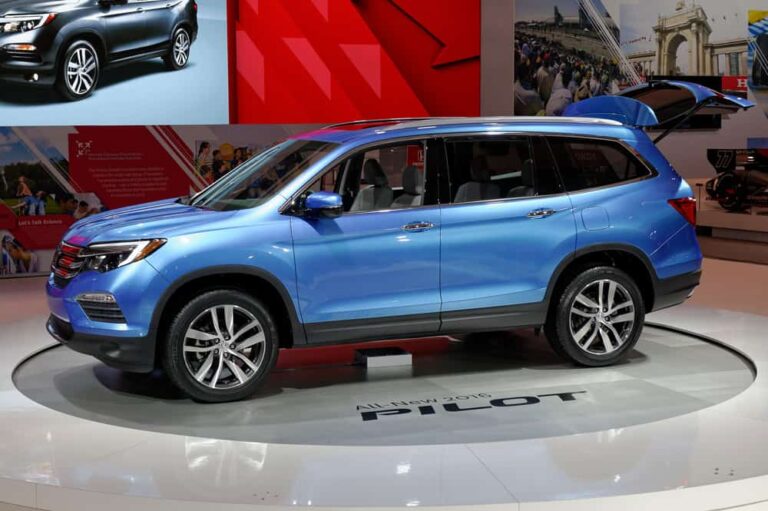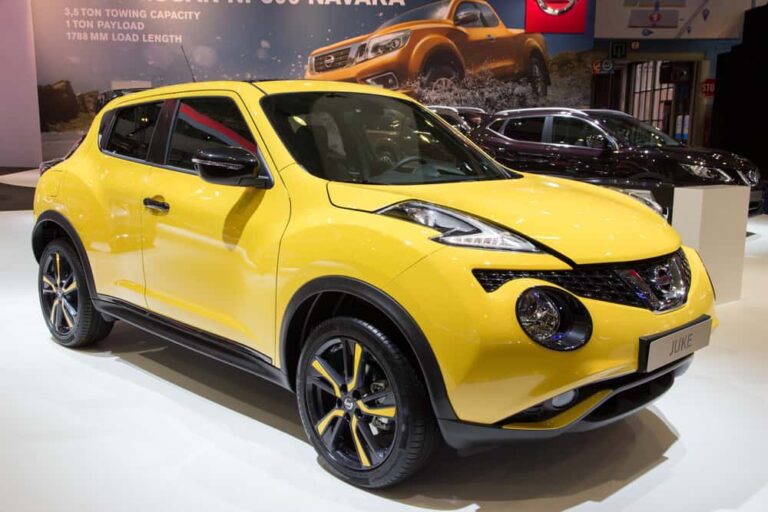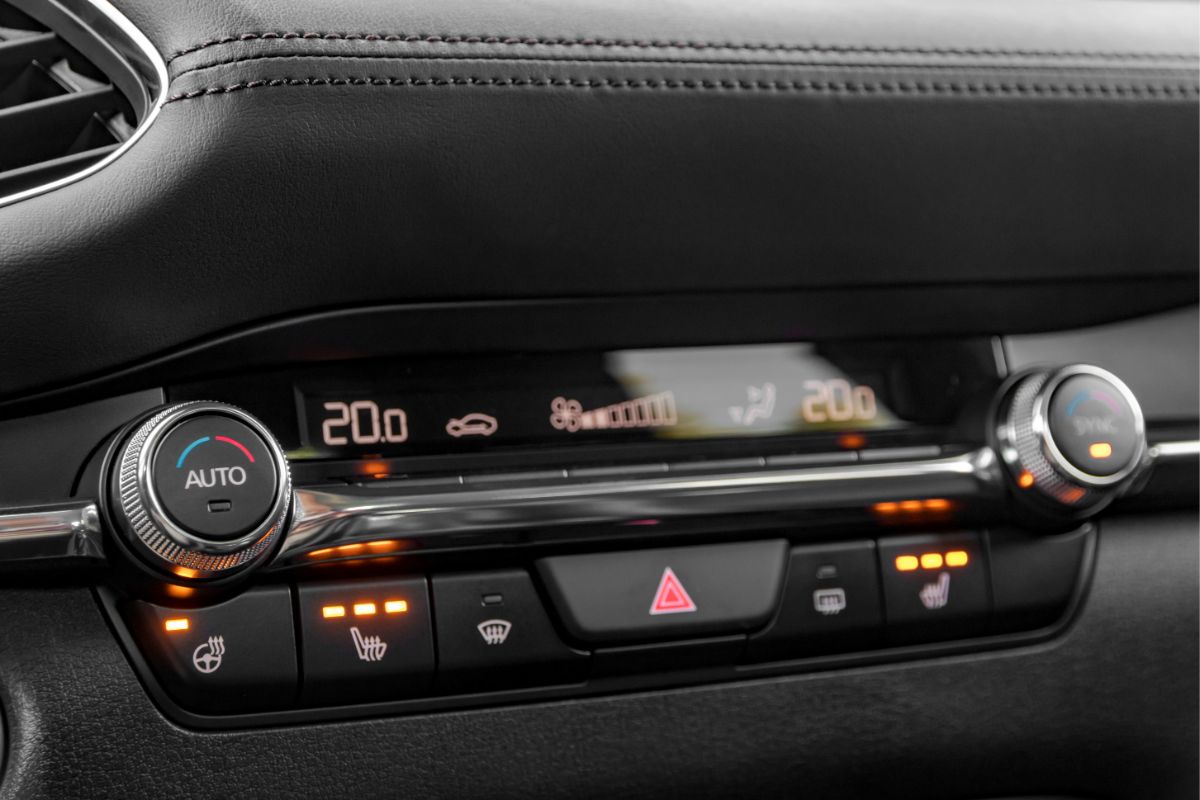
Electric vehicles do have heaters, and they do charge fast. I think that’s the best part of an EV, and it makes me wish I had one. It’s a bummer to start a vehicle and let it sit idle for 15-20 minutes waiting for it to warm up.
Are EV heaters good?
“Our Tesla Model 3 can keep its interior at 65 degrees for almost two days max, losing an average of 2.2 percent of its charge per hour, which is barely less than a gas-powered car,” says Conner Hoffman of Car and Driver.
An EV battery, which you can keep charged for plenty of time to reach your destination, isn’t necessarily going to last longer than a gasoline vehicle. However, it will last at least as long as a car is powered by petroleum.
You generally don’t have to worry about your EV vehicle quitting on you if you leave your house with at least 60-70 % of powery in your battery. I suggest charging it as high as possible though. Along with that, and make sure you know where the nearest charging station is if you plan to be on the road for several hours.
What are the advantages of an EV heater?

You can preheat your car while it’s still plugged in. If you do that, you’ll not likely run out of power before you reach your destination. Besides, depending on what car model you own, you can make it hundreds of miles on one charge for some of them.
The only issue I see with charging your car at home is if you have too slow of a charger for the amount of power your EV needs. Just like with a computer or mobile phone, make sure you use as fast of a charging device as possible.
You don’t want to wait around for hours for your EV to replenish its battery. On the other hand, if all you do have is a standard household charger, you can let your EV charge while you sleep.
What problems do EV heaters have?

“Modern day electric cars have powerful electric cabin heaters that can heat the interior quickly, even in the coldest conditions. However, that comes at a cost: after the power used by the motor, the cabin heater is the biggest drain on the batteries.”
That’s what Green Fleet says concerning electric vehicle heaters. Although they advocate the switch to greener transportation, there’s a problem with EVs consuming too much battery power. I think charging your car while it’s plugged in makes up for this though.
An additional challenge with heating a vehicle that doesn’t produce engine heat from fire is this: You’re always going to need a different source of heat other than the vehicle itself. On this note, you can harness the power of regenerative brakes if your car has them.
Regenerative braking transfers what otherwise would have been wasted heat back into electricity. This happens by storing that braking energy onto your battery. So, why is this a problem? It’s not, but the by-product of this method is.
Having to rely on just one source of power for an all-electric vehicle can be stressful. I say either stick with a hybrid or by a backup battery if you have the means. You can never be too prepared.
How do you preserve battery life when using EV heaters?
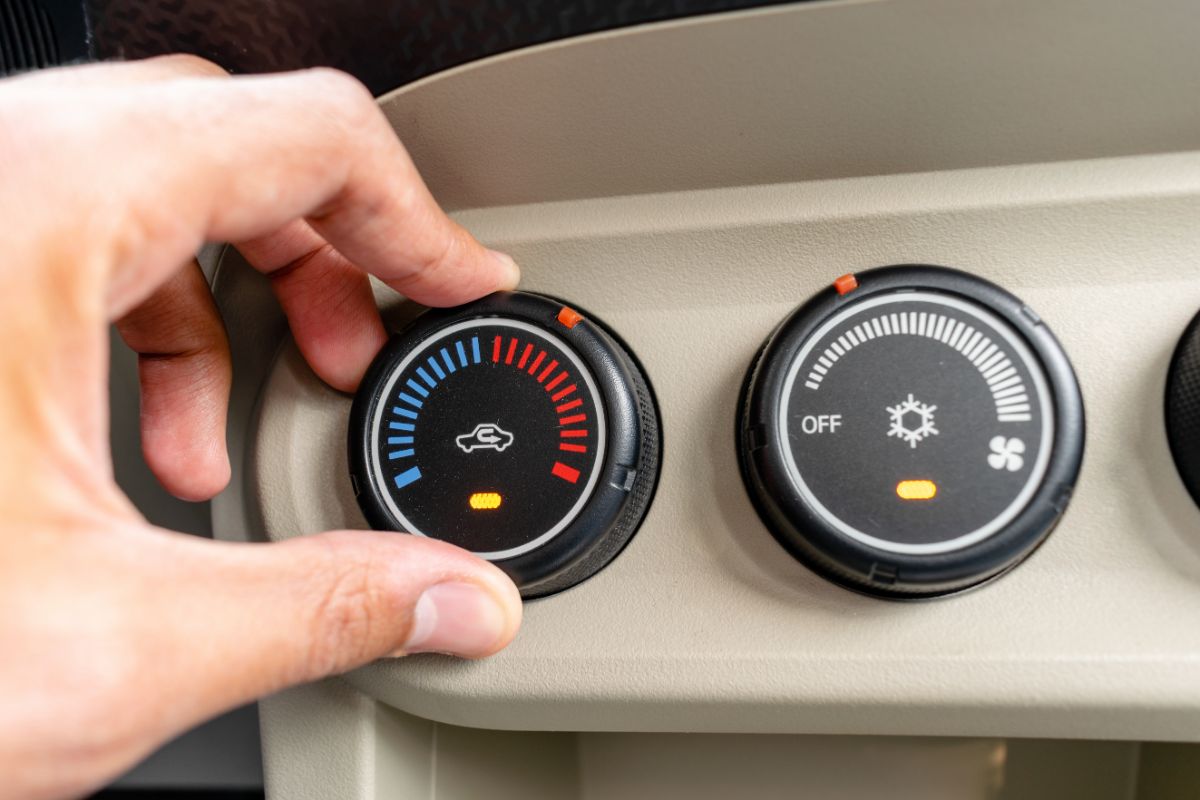
One trick learned is to not use the heater at all. Before you put your hand to your ear and ask me “how’s that?”, I assure you. You “heard” me correctly.
You can instead heat up the seats and the steering wheels if your model offers that option. Some brands also may have wireless heaters that you can program to turn off and on at varying intervals.
Alternatively, you can set up some EV heaters like a thermostat. This enables you to decide at what temperature the heat should turn off and back on again, just like at home.
I also suggest perhaps not running too many functions at once when operating your heater. For instance, you may not want to talk on the hands-free phone or play the radio while your car is warming up. After all, you can’t forget the power you need to run your lights, turn signals and safe stop features, or power windows.
What heating system does an EV use?
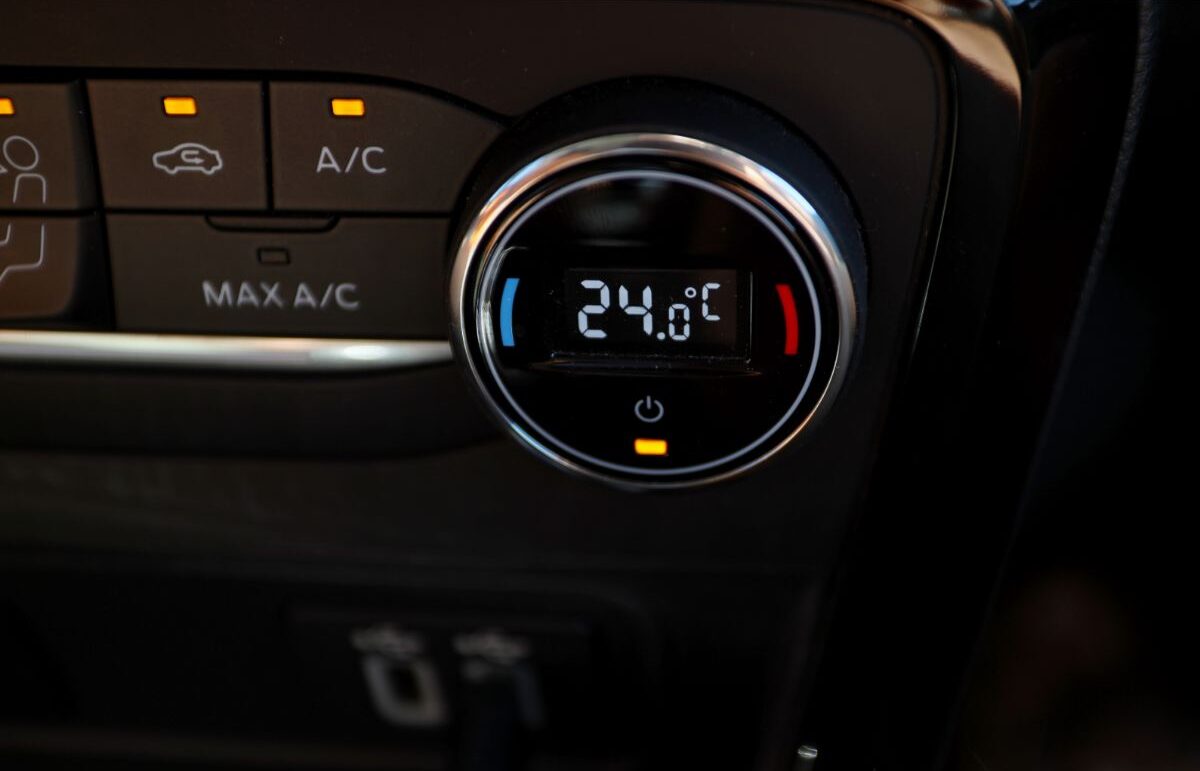
It usually heats as the battery sends electricity to the heating unit to run it. However, I found out modern EVs use a heat pump system. That’s different from when EVs relied on a “synthetic” form of heat, such as what you’d get from an electric fan heater or an electric fireplace.
“All modern EVs prefer the use of a heat pump system. This is a familiar heating system to anyone interested in eco-homes or sustainable building,” says Just Evs.
A heat pump system raises temperatures even though it functions similar to the way an air conditioner does. This form of warmth comes from air or ground heat distribution as it processes a refrigerant through a fan coil and outdoor compressor.
A pump system can absorb heat from both indoors and outdoors and contain it inside your building or home. Think of it working like an A/C cooling system only in the reverse.
Related: Do EVs Have Radiators?

